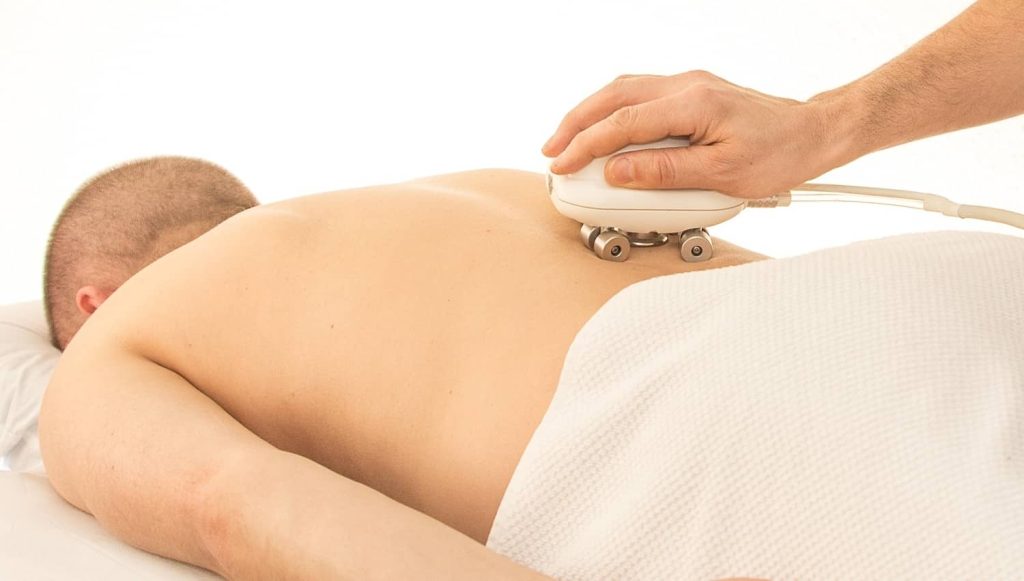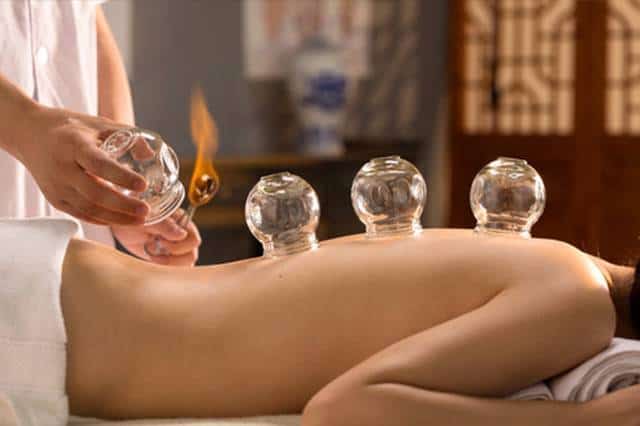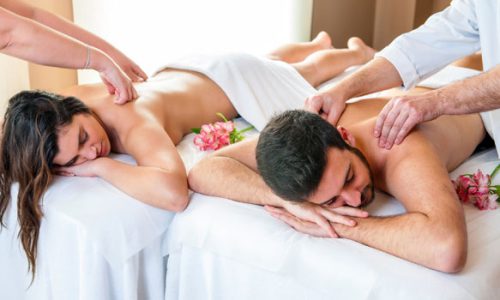Types of Chinese Massage
Chinese massage, also known as Tui Na, is a traditional form of therapy that has been practiced for centuries in China. It is a holistic approach to health and well-being that combines the use of various massage techniques, acupressure, and herbal remedies. Chinese massage aims to restore the balance of Qi (pronounced “chee”), the vital energy that flows through the body’s meridians.
Table of Contents
1. Introduction
Massage therapy has gained significant popularity worldwide due to its numerous health benefits. Among the various massage modalities, Chinese massage stands out for its unique techniques and therapeutic effects. In this article, we will explore the different types of Chinese massage and their specific benefits.
2. Chinese Massage: An Overview
Chinese massage, as a part of traditional Chinese medicine (TCM), focuses on the body’s energy systems and aims to promote harmony between the mind, body, and spirit. It is rooted in the belief that imbalances or blockages in the body’s energy pathways can lead to various health issues. Chinese massage techniques aim to remove these blockages, restore balance, and stimulate the body’s self-healing abilities.

3. Types of Chinese Massage
Chinese massage encompasses several distinct modalities, each with its own unique characteristics and benefits. Let’s explore some of the most commonly practiced types of Chinese massage:
3.1 Tui Na Massage
Tui Na is one of the oldest forms of Chinese massage and involves a combination of rhythmic pressing, stretching, and kneading techniques. It targets the body’s acupressure points and meridians to promote the flow of Qi and blood, relieve pain, and improve overall well-being.
3.2 Zhi Ya Massage
Zhi Ya, also known as acupressure massage, focuses on applying firm pressure to specific points along the body’s meridians. It helps to release tension, reduce muscle stiffness, and alleviate pain. Zhi Ya massage is commonly used for treating musculoskeletal conditions and promoting relaxation.
3.3 An Mo Massage
An Mo massage is a gentle and soothing form of Chinese massage that utilizes long, flowing strokes and rhythmic movements. It aims to relax the muscles, improve circulation, and promote overall balance and harmony within the body.

3.4 Gua Sha
Gua Sha involves using a specialized tool to scrape the skin gently. This technique helps to release stagnant blood and toxins, improve circulation, and stimulate the body’s natural healing processes. Gua Sha is often used to address muscle pain, tension, and certain respiratory conditions.
3.5 Cupping Therapy
Cupping therapy involves placing heated cups on the skin to create a suction effect. This technique helps to improve blood circulation, release muscle tension, and promote the flow of Qi. Cupping therapy is commonly used to treat pain, inflammation, and respiratory issues.
3.6 Reflexology
Reflexology focuses on applying pressure to specific points on the feet, hands, or ears that correspond to different organs and systems in the body. By stimulating these reflex points, reflexology aims to restore balance, improve organ function, and promote overall well-being.
4. Benefits of Chinese Massage
Chinese massage offers a wide range of benefits for both physical and mental well-being. Here are some key advantages:
4.1 Promotes Relaxation and Stress Relief
One of the primary benefits of Chinese massage is its ability to induce deep relaxation and alleviate stress. The gentle yet firm techniques used in Chinese massage help to release tension, calm the mind, and promote a sense of tranquility.

4.2 Enhances Circulation and Vitality
By stimulating the body’s acupressure points and meridians, Chinese massage promotes healthy blood circulation and enhances vitality. Improved circulation helps deliver oxygen and nutrients to the body’s tissues while removing waste products, thereby supporting overall wellness.
4.3 Alleviates Pain and Musculoskeletal Issues
Chinese massage techniques such as Tui Na and Zhi Ya are effective in relieving pain and addressing musculoskeletal conditions. The targeted pressure and manipulation of soft tissues help to reduce inflammation, release tension, and promote natural healing.
4.4 Boosts Immune System
Regular Chinese massage sessions can help strengthen the immune system by improving the body’s energy flow. By balancing Qi and promoting overall well-being, Chinese massage enhances the body’s natural defense mechanisms and resilience against illness.
Conclusion
Chinese massage, with its various types and therapeutic benefits, offers a holistic approach to health and well-being. From promoting relaxation and relieving pain to enhancing circulation and boosting the immune system, Chinese massage can be a valuable addition to one’s wellness routine. Experience the healing power of this ancient practice and embark on a journey to better health.
FAQs
Q1: Is Chinese massage painful?
A1: Chinese massage techniques can range from gentle to firm pressure. While some techniques may cause temporary discomfort, it should not be excessively painful. It is important to communicate your comfort level with the massage therapist to ensure a pleasant experience.
Q2: How long does a Chinese massage session typically last?
A2: The duration of a Chinese massage session can vary depending on the type of massage and your specific needs. Sessions usually last between 30 minutes to 1 hour, but longer sessions are also available.
Q3: Are there any side effects of Chinese massage?
A3: Chinese massage is generally safe and well-tolerated. However, some people may experience temporary soreness, redness, or bruising due to the release of toxins or muscle tension. It is essential to consult with a trained professional and inform them about any pre-existing medical conditions.
Q4: How often should I get a Chinese massage?
A4: The frequency of Chinese massage sessions depends on individual preferences and needs. Some people benefit from weekly sessions, while others may choose to receive it less frequently. It is advisable to consult with a qualified therapist to determine the ideal frequency for your specific situation.
Q5: Can anyone receive Chinese massage?
A5: Chinese massage is generally suitable for most people. However, individuals with certain health conditions, such as pregnancy, severe illnesses, or recent injuries, should consult with a healthcare professional before undergoing Chinese massage.




